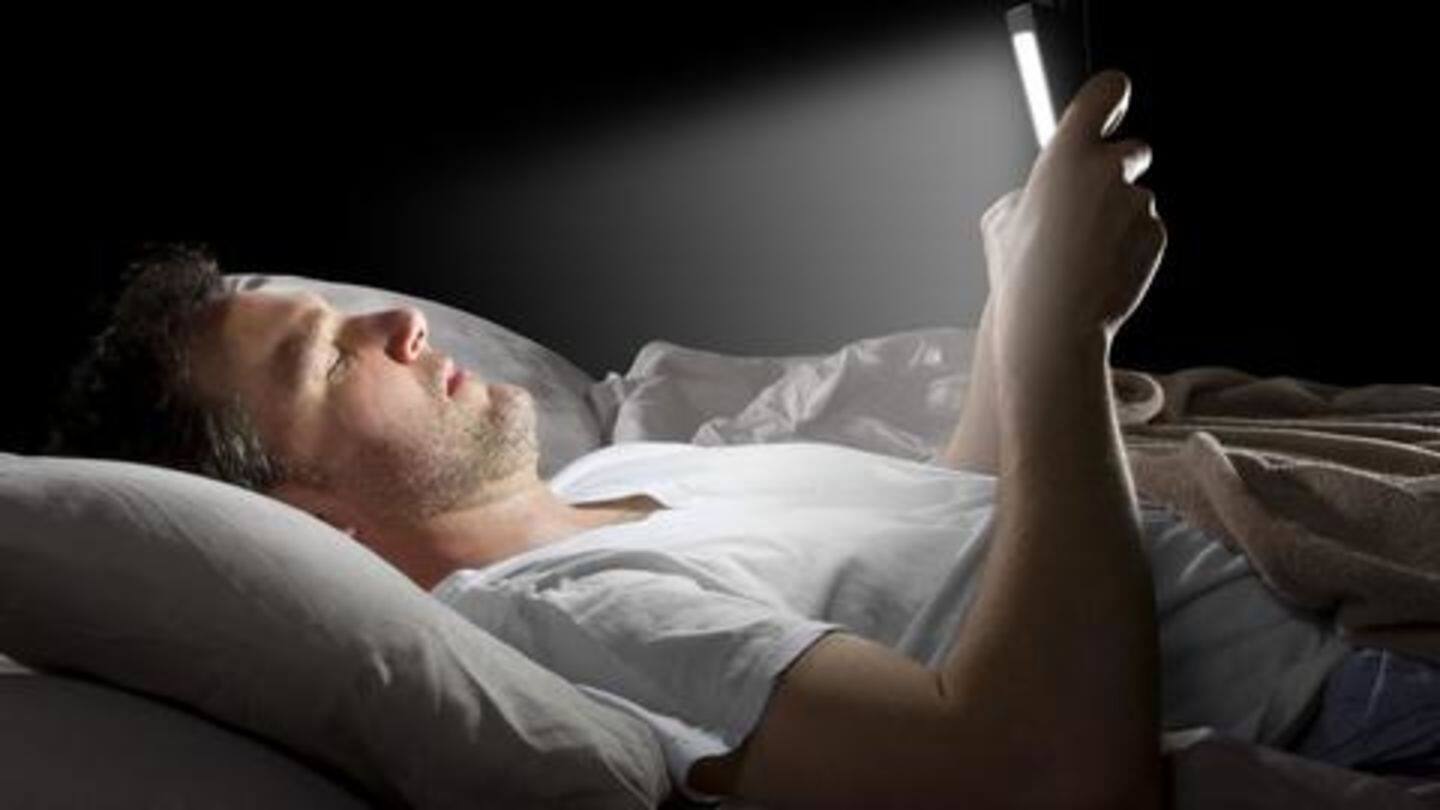
Night Mode more dangerous for eyes, worsens sleep cycle: Study
What's the story
A few years ago, several studies indicated that blue light from phones/laptops can affect eye health and sleep patterns. The claims led phone-makers to launch a Night Mode that could change the screen's color by giving it a yellowish tint at night. Now, in another study, scientists have claimed that even this Night Mode could be worse for your sleep. Here's all about it.
Issue
Night Mode gives daytime signals to body during night
While the warm, yellowish tint of Night Mode is easier on the eyes, scientists at the University of Machester say it disrupts sleep patterns more than the regular blue light. The reason, they say, is the fact that warmer light closely imitates daylight; this sends mixed signals to the human body during the night, keeping it awake for long and disrupting the sleep cycle.
Tests
Researchers proved this theory with tests on mice
The researchers made the surprising claim after carrying out several tests with mice and studying how both blue and yellow light with varying brightness impacted them at night. In the work, they clearly noted that warm light affected sleep patterns more than the cool, blue light. However, they still say that more studies are needed, particularly on humans, to be conclusively sure about this
Possibility
Warmer light during may be beneficial for sleep health
The researchers posit that flipping the light behavior might be the answer to this problem. Essentially, using the warmer yellowish tint of Night Mode (that name might need replacing though) during the day and the cooler blue light at night could prove beneficial for health. For sleep, the cooler color tone similar to what we experience as the sun goes down might come handy.
Options
Some tweaks that will help you sleep better
While further research would be needed to define adequate screen color settings, there are some other things you can do to sleep better. This includes enabling the phone's dark mode and shining less light on the eyes and using Digital Wellbeing features to cut down access to apps, limiting notifications, and enabling grayscale, which removes all colors from the screen, making it less compelling.